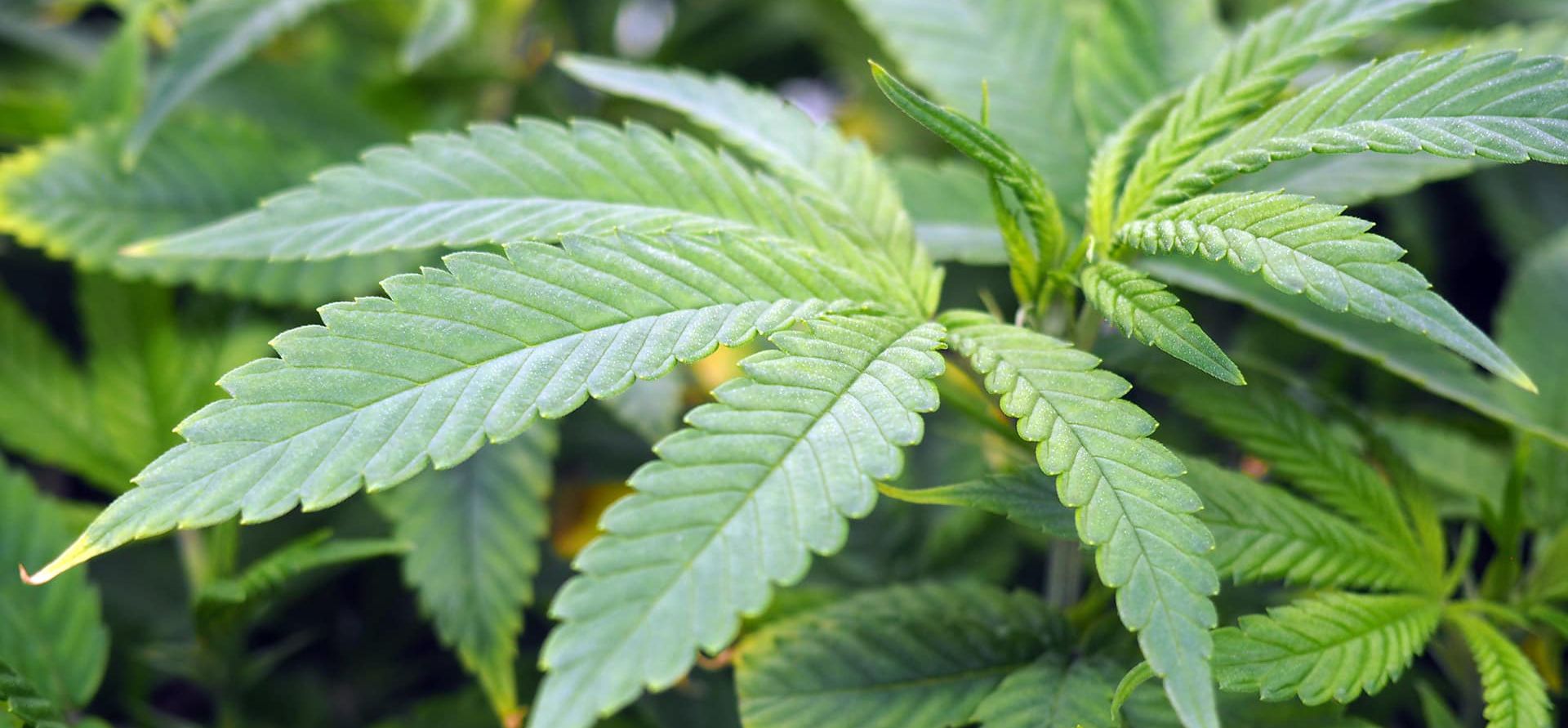After spring, various weeds grow in large quantities, with well-developed root systems and tall plants, especially in non-arable land such as roadsides, ditches, in front of and behind houses... Manual weeding is not only slow in efficiency, but also has unsatisfactory weeding effects. It is difficult to eradicate completely with ordinary herbicides.
Glufosinate-ammonium and glyphosate: Glufosinate-ammonium is a biocidal herbicide that mainly has a contact killing effect. After application, ammonium ions accumulate excessively in the leaves and the chloroplasts disintegrate, thus inhibiting plant photosynthesis and eventually leading to the death of weeds. However, glufosinate-ammonium has poor systemic properties, kills weeds without killing roots, and is not ideal for broad-leaf weeds. Glyphosate is also a biocidal herbicide with good systemic conductivity. It can transmit the liquid to the roots through the stems and leaves, killing the roots together. When glufosinate-ammonium and glyphosate are used in a certain proportion, the synergistic effect is obvious, overcoming their respective shortcomings, the weeding range is wider, the weeds are killed more quickly and thoroughly, and the price can be greatly reduced.

Main features
Wider weeding range: This formula can kill wheatgrass, crabgrass, barnyardgrass, wild wheat, wild corn, duckweed, fescue, bent grass, downgrass, ryegrass, reed, bluegrass, wild oats, brome, pigweed, and beetroot. Grass, sesame, nightshade, chickweed, creeping wheat grass, bentgrass, whisk grass, field forget-me-not, bermudagrass, amaranth retroflexus, barnyard grass, foxtail grass, wheatgrass, cowgrass, crabgrass, cocklebur, pigweed, chickweed, pigweed, etc. More than 100 annual and perennial broadleaf weeds and grassy weeds. It is especially effective against various weeds such as cowherd, small flying canopy, rice grass, special sedge, cyperus rotundus, perennial vines and other weeds.
Better quick-acting: After spraying with this formula of pesticide, the weeds will be poisoned and stop growing in one day. The weeds will die in 2 to 3 days, and all the weeds will be dead in 5 days. The quick-acting effect is better than any of the single-dose pesticides.
More thorough weeding: This formula completely overcomes the shortcomings of glufosinate-ammonium weeding, which can eradicate all weeds by their roots and make weeding more thorough.
Longer duration of effect: Using glufosinate + glyphosate for weeding is not only fast-acting, but also eradicates weeds by their roots and kills them completely. The duration of effect is generally about 50 days, which is longer than that of glyphosate.
No residue and pollution: On April 20, 2019, the U.S. Environmental Protection Agency (EPA) issued a statement stating that glyphosate is not a carcinogen and currently registered glyphosate products do not pose a risk to public health. Glyphosate is passivated when it comes into contact with soil and will not have any impact on the next crop. Glufosinate can quickly lose its effectiveness through microbial degradation in the soil. It will be completely degraded in about 4 days and will not have any impact on soil, water sources, or the human body.


